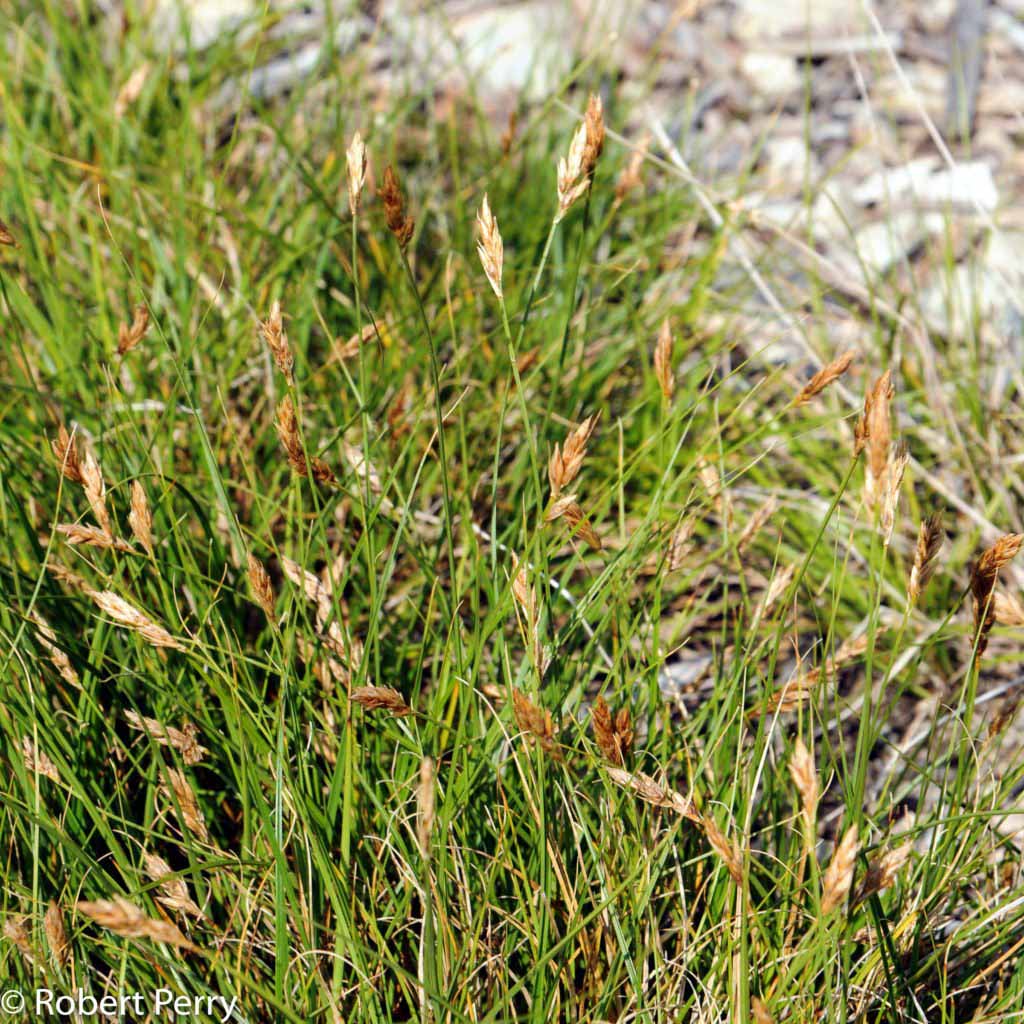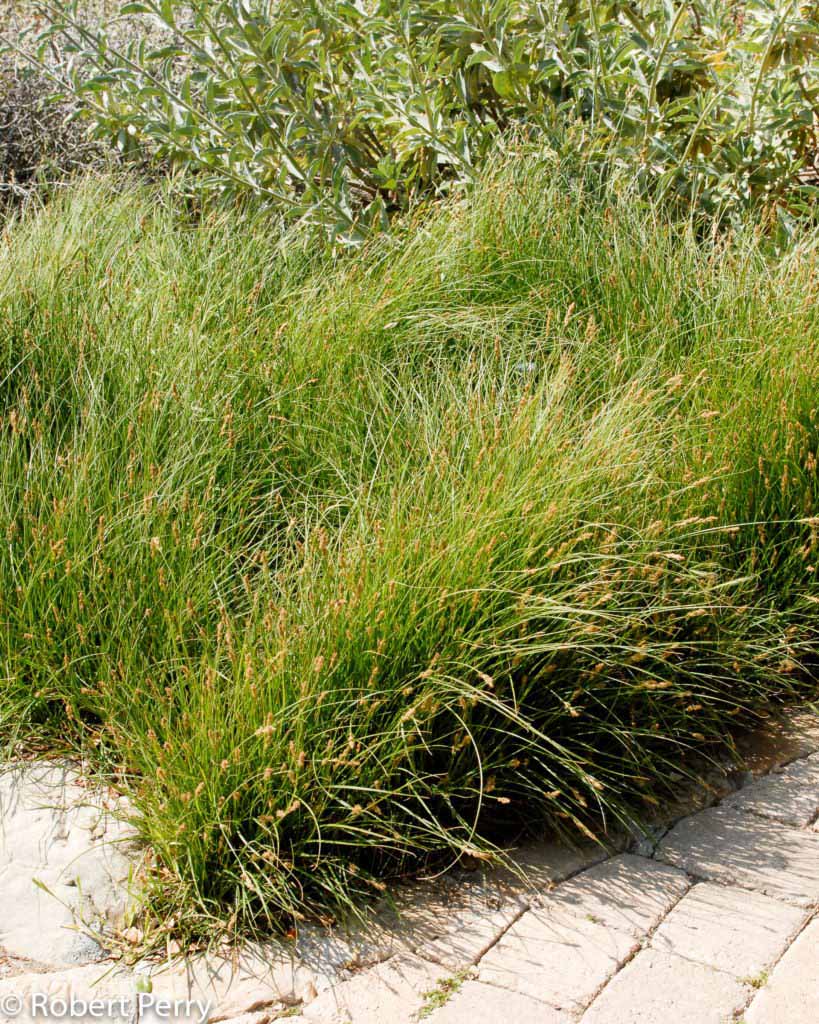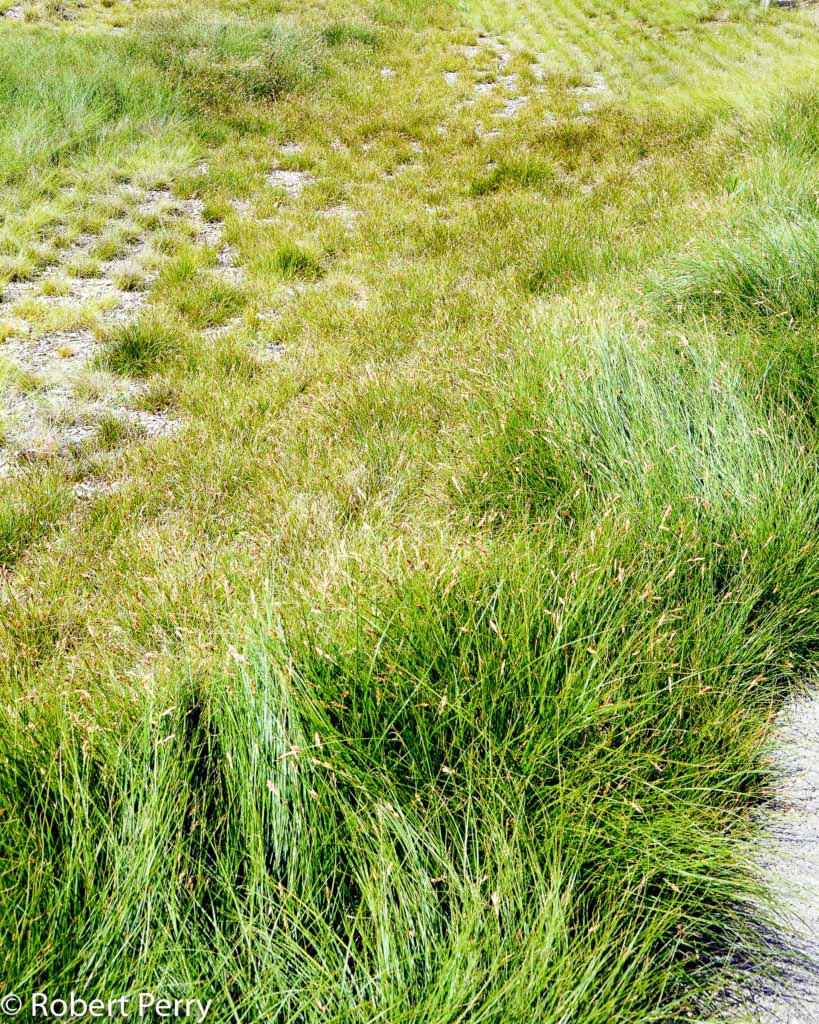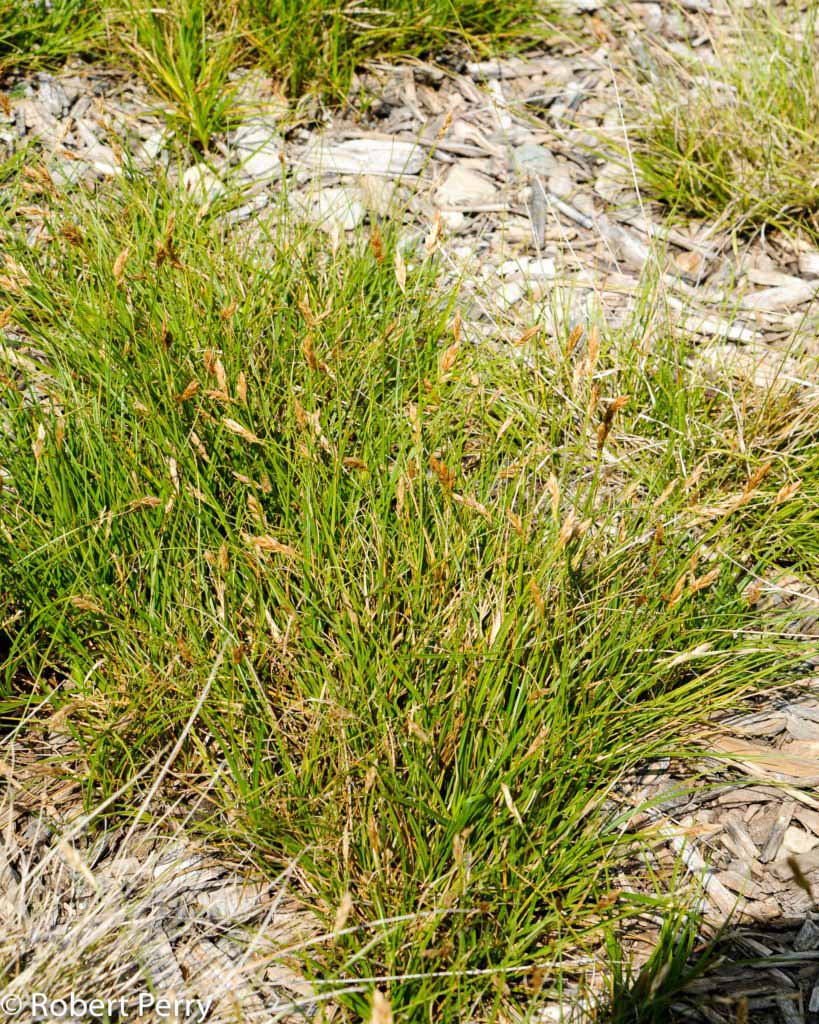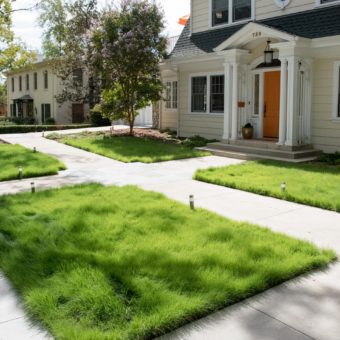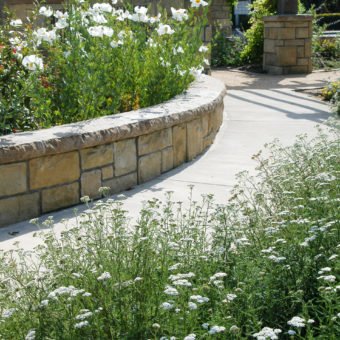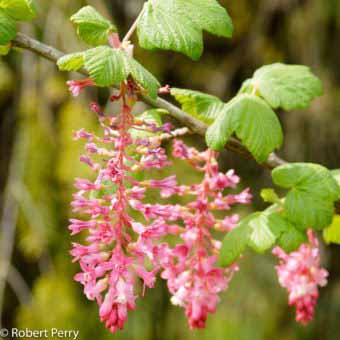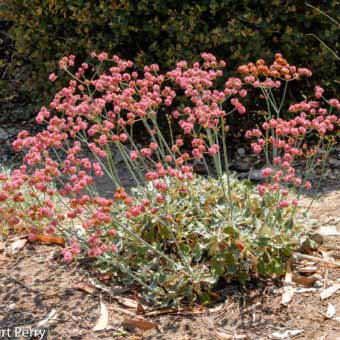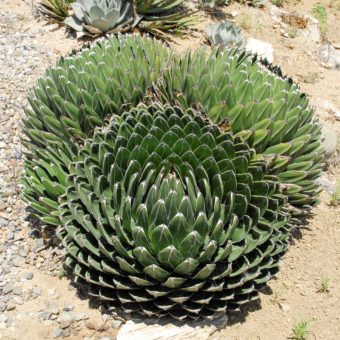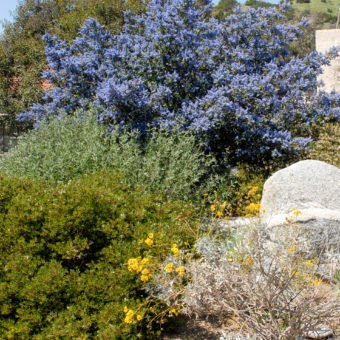The California meadow sedge is a dense spreading perennial with fine textured medium green foliage that is native to the Channel Islands and coastal dunes from central California to Washington. It is often planted in bioswales where it spreads by rhizomes to form natural meadow-like plantings. It has also proven to be a successful lawn substitute with moderate tolerance to foot traffic that grows best in sunny exposures with regular water. Established plantings can withstand extended dry periods, but will eventually become drought dormant and sparse in character.
California meadow sedge
Carex pansa
Description
Plant properties
Water needs
Maintenance
Commercial sites
Plant Type: Ground cover, Grass, Sedge, Native
Foliage Character: Winter deciduous
Habit: Dense, Spreading
Growth Rate: Moderate
Foliage Color: Medium green
Flower Color: Tan
Flower Season: Summer, Spring
Soil Adaptations: Well-draining soil, Sand, Moist soil, Loam, Clay
Exposure Adaptations: Morning sun, Moderate shade, Heat, Fog, Cold hardy, All day sun
Function: Residential spaces, Raised planters, Parks and open space, Mass planting, Foliage accent plant, Commercial spaces, Small spaces, Civic spaces, Borders, Banks
Height: 8 in. – 10 in.
Width: 12 in. – 24 in.
Foliage Character: Winter deciduous
Habit: Dense, Spreading
Growth Rate: Moderate
Foliage Color: Medium green
Flower Color: Tan
Flower Season: Summer, Spring
Soil Adaptations: Well-draining soil, Sand, Moist soil, Loam, Clay
Exposure Adaptations: Morning sun, Moderate shade, Heat, Fog, Cold hardy, All day sun
Function: Residential spaces, Raised planters, Parks and open space, Mass planting, Foliage accent plant, Commercial spaces, Small spaces, Civic spaces, Borders, Banks
Height: 8 in. – 10 in.
Width: 12 in. – 24 in.
Watering Schedule: Medium
For most situations, we recommend watering once per week after establishment, watering very deeply in summer, less deeply in fall and spring, and even less in winter.
See our recommendations for how much water to apply each time you water, below. Note that these recommendations are intended for inland valley areas of Southern California including the Inland Empire, San Gabriel, and San Fernando Valleys. People in cooler or warmer areas may use this as a baseline but should adjust based on local needs.
Learn how to provide 1” of water to your landscape here, and adjust to provide more or less based on the recommendations above for each time of year.
Seasonal Watering Recommendations
- June – August: once per week, water deeply, applying approximately 1.25” of irrigation.
- September – October: once per week, water deeply, applying approximately 0.75” of irrigation.
- November – February: once per week, water deeply, applying approximately 0.5” of irrigation.
- March-May: once per week, water deeply, applying approximately 0.75” of irrigation.
Learn how to provide 1” of water to your landscape here, and adjust to provide more or less based on the recommendations above for each time of year.
Adjusting to your local needs
These recommendations for Medium / Moderate water demanding plants were created for Southern California inland valley areas. Southern California areas closer to the coast and along the coast will usually be able to water significantly less during the warm months of the year. For desert areas, check with local experts to be sure plants are appropriate for the area and anticipate needing to water more.
As a very general baseline, people in Los Angeles and similar areas can try setting a schedule of 80% of the in Spring, Summer, and Fall and adjust as necessary based on observation. The difference is less pronounced in the winter months, so we recommend starting with the same recommendations as above for winter. People in cooler coastal areas such as Santa Monica can try using this same approach but adjust to use 75% of the chart recommended minutes for the Spring, Summer, and Fall months.
Important Notes
- These are general guidelines. Always observe and adjust as necessary for your landscape.
- If it rains over 1” you will likely not need to water for at least another week, possibly longer. Before watering again, check the soil. It should be significantly dry at least 4” below the soil surface before watering again.
- It is important to group plants with the same water needs together in the landscape to avoid needing to over or under water plants when running your irrigation system.
- “Smart timers” or weather sensitive irrigation controllers such as Rachio and Hunter Hydrawise are ideal for watering plants in this category because they will automatically adjust how much they water based on the weather so you do not need to reprogram the timer seasonally. Rebates for these types of irrigation controllers are available through socalwatersmart.com.
Easiest to grow as a low, informal meadow, but can be mowed to maintain a 1.5″ to 3″ lawn if desired. Stays greener in summer with more water, and is easier to keep looking green in part shade or shade. With lower levels of water, leaves will dry out and turn “golden” in the summer, which can be attractive if it is considered in the planting design. If leaves are allowed to dry, cut back to a few inches in the fall before cool season growth begins. If not regularly mowing, but want to “tidy up” the planting mid year, cut back to 1.5″ to 3″ in the late spring or early summer (16, S).
References
Sign Up For Free
To access all the features of this website, please create an account with us. Privileges include:
- Ability to print plant groups, lists and plant profiles
- Create your own plant groups
- Receive monthly updates by email
An online resource for you to learn about and choose the best plants for your inland Southern California landscape.
Promoting water conservation through education, stormwater capture, waterwise landscapes, and other initiatives.
We provide programs, services, and resources to serve audiences of all ages to cultivate a community-wide conservation ethic and build regional capacity for water resilience.
